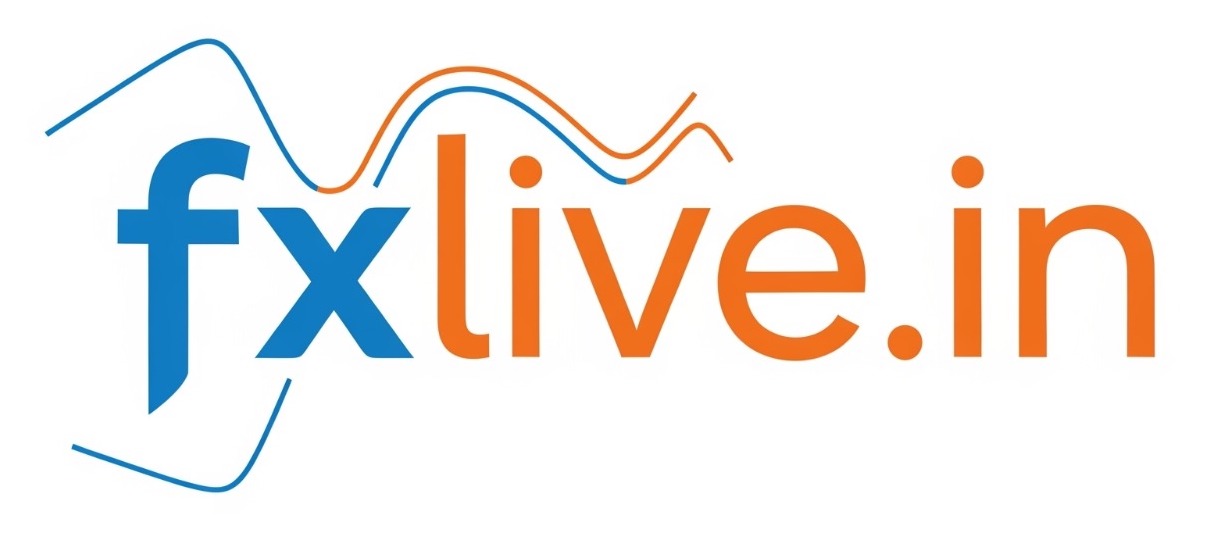Jai Siya Ram
The reimposition of comprehensive sanctions on Iran, specifically the UN sanctions that were lifted under the 2015 nuclear deal (Joint Comprehensive Plan of Action or JCPOA), occurred recently via the “snapback” mechanism.
The timing of “10 years after the nuclear deal” seems to refer to a current event in September 2025, which is 10 years after the JCPOA was adopted in 2015. However, it’s important to distinguish this from the earlier US sanctions reimposed after the US withdrew from the deal in 2018.
Here are the full details, broken down by the two major instances of sanctions being reimposed:
1. UN Sanctions Reimposition (The “Snapback” in September 2025)
These sanctions were restored after France, Germany, and the United Kingdom (the E3) triggered the “snapback” mechanism in the JCPOA, accusing Iran of failing to meet its commitments. The mechanism allows for the restoration of all UN sanctions lifted under the deal without a Security Council veto.
Key Details of the Snapback Sanctions (Reimposed September 2025):
- Trigger: The E3 triggered the “snapback” mechanism on the grounds of Iran’s “significant non-performance,” citing:
- Enriching uranium to levels beyond what is required for civilian use (up to 60% purity, a short technical step from weapons-grade).
- Restricting monitoring by the International Atomic Energy Agency (IAEA) and failing to account for its stockpile of highly enriched uranium.
- What the Sanctions Cover: The restored UN sanctions freeze Iranian assets abroad and impose sweeping restrictions, including:
- Arms Embargo: A ban on the sale or transfer of conventional weapons to Iran.
- Nuclear and Missile Prohibitions: A ban on imports, exports, or transfers of technologies and parts related to Iran’s nuclear and ballistic missile programs.
- Financial Restrictions: Freezing of assets abroad belonging to individuals and entities linked to prohibited activities, and restrictions on access to banking and financial systems that could aid the programs.
- Travel Bans: Travel bans for designated individuals involved in the prohibited activities.
- Enforcement: The sanctions are legally binding but their practical enforcement is complicated, as Russia has stated it will not enforce them, and China’s response, given its reliance on Iranian oil, is uncertain.
- Iranian Response: Iran has strongly condemned the sanctions as “legally baseless and unjustifiable,” and has warned of “serious reciprocal action,” including potentially abandoning the Nuclear Non-proliferation Treaty.
2. US Sanctions Reimposition (Following US Withdrawal in 2018)
The United States unilaterally withdrew from the JCPOA in May 2018 under President Donald Trump and subsequently reimposed its own sanctions. This marked the beginning of a “maximum pressure” campaign.
Key Details of US Sanctions (Reimposed starting August/November 2018):
- Timeline:
- May 8, 2018: The US announced its withdrawal from the JCPOA.
- August 6, 2018: The first set of sanctions reimposed, targeting the purchase of US dollars by Iran’s government, trade in gold and other precious metals, and Iran’s automotive sector.
- November 4, 2018: The second, more comprehensive set of sanctions reimposed, targeting critical sectors of Iran’s economy.
- What the US Sanctions Cover: These were significantly broader and aimed to cripple Iran’s main revenue streams:
- Energy Sector: Sanctions on Iran’s oil and gas sector, prohibiting other nations from buying Iranian oil and sanctioning foreign financial institutions that conduct transactions with Iran’s oil and energy state-owned enterprises.
- Financial Sector: Re-designation of hundreds of Iranian banks and individuals, including the Central Bank of Iran, limiting Iran’s access to the international financial system (e.g., SWIFT).
- Shipping and Shipbuilding: Sanctions on Iran’s shipping and shipbuilding sectors.
- Other Sectors: Sanctions expanded to sectors like iron, steel, aluminum, and copper.
In short, the recent UN “snapback” in 2025 restored international restrictions on arms, missile, and nuclear-related technology, while the US sanctions reimposed in 2018 primarily targeted Iran’s oil revenue and banking access.

